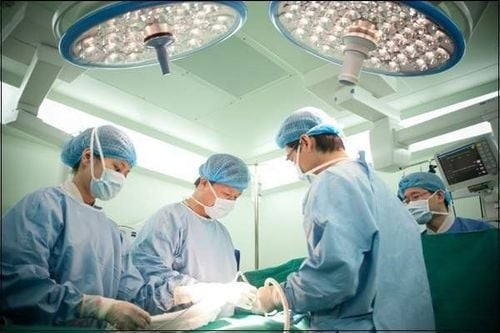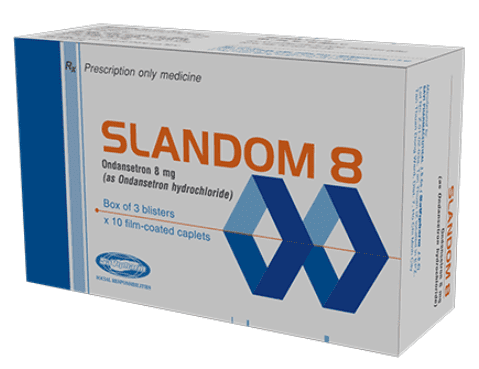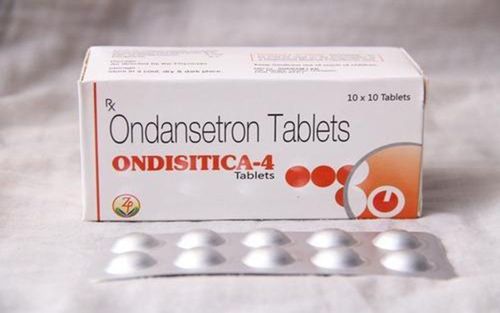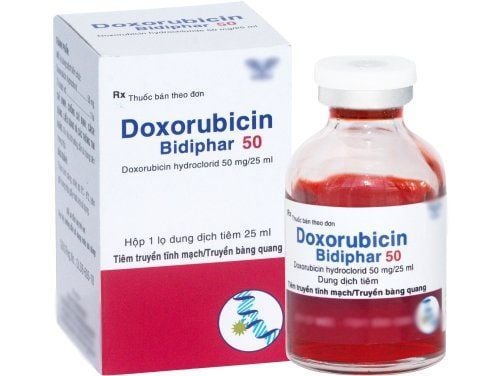This is an automatically translated article.
Cancer is one of the most dangerous diseases today, can happen to both men and women, with all different ages. However, there are some cancers that occur in only one sex, such as ductal carcinoma in situ (DCIS). So, what is ductal carcinoma in situ?
1. What is ductal carcinoma in situ (DCIS)?
Milk duct carcinoma in situ (DCIS) occurs when cells in some milk ducts form cancerous cells. These cells are located in the milk ducts and have not yet spread to surrounding breast tissue. Therefore, they can spread to the lymph nodes or other parts of the body. If left untreated, in some cases, DCIS can spread to surrounding breast tissue to form ductal carcinoma. Compared to the past, DCIS can now be detected more easily.
Ductal carcinoma in situ is often detected by mammography during breast cancer screening. Ductal carcinoma in situ is not the same as invasive ductal carcinoma. In invasive ductal carcinoma, cells break out of the milk duct and spread to surrounding breast tissue. They then have a chance to spread to nearby lymph nodes or other parts of the body. DCIS is an early-stage form of breast cancer that accounts for about 12% of all breast cancers. Breast cancer begins when cells in the breast begin to divide and grow in abnormal ways. The breast is made up of lobules (milk-producing glands) and ducts (the ducts that carry milk to the nipple), lobules and ducts surrounded by glands, fibers, and fatty tissue. When cancer cells grow inside the ducts of the breast but remain in the ducts (in situ), it is called DCIS. Cancer cells cannot spread from these ducts to surrounding breast tissue or to other parts of the body.
2. Milk duct carcinoma in situ (DCIS) treatments
Surgery is the mainstay of treatment for DCIS. Many patients choose to have the DCIS area removed along with a border of surrounding healthy tissue. This is called extensive local excision or conservative surgery and is sometimes called tumor resection. After extensive partial mastectomy, if the DCIS cells are abnormal (high grade), the patient may receive radiation therapy on the rest of the breast tissue. Radiation therapy aims to destroy any remaining abnormal cells in the breast tissue. The doctor will discuss with the patient in advance the benefits and risks of radiation therapy. If desired, a new breast can be reconstructed during or after a mastectomy. Some patients choose a total mastectomy over a large mastectomy because it gives the impression that the DCIS has been completely cured.Some patients will be required to remove the entire chest area such as: The area of ductal carcinoma in situ (DCIS) is too large, DCIS is not concentrated in one place but has split up appearing in many places. where, the breast site is small and the ductal carcinoma area is very wide

Phẫu thuật là phương pháp điều trị chính cho DCIS.
Locating the lesion: Nearly all cases of DCIS cannot be directly felt, so a procedure is often used the day before or on the day of breast-conserving surgery to locate the cancer. . This is a very fast procedure, in just 30 minutes, it is possible to accurately identify the area to be removed during surgery. Under the guidance of mammography or ultrasound, a very thin wire (metal wire) is inserted into the identified area. The patient will be given a local anesthetic to numb the surgical area but will still feel discomfort. Once the wire is in place, the patient will have a mammogram to check that it is in place. Once the cord is in place, it will be secured with tape and left there until operational. Some hospitals are using a new method of localization surgery, which uses low-dose radioactive seeds (the size of a grain of rice) instead of metal wires to insert into breast tissue. Adjuvant therapy: You may need continued treatment after surgery, called adjuvant therapy. Adjuvant therapy may include radiation therapy, and in some cases, endocrine therapy. The aim of these treatments is to reduce the risk of DCIS coming back or developing invasive cancer. Regardless of the treatment method used, patients still need to have regular health check-ups to ensure that they are treated as soon as the cancer recurs. The follow-up doctor will schedule an annual mammogram. If the cancer comes back, your doctor may recommend a total mastectomy.
Vinmec International General Hospital is currently implementing 4 breast cancer screening packages for many subjects. The examination packages include: Basic package, standard package, advanced package and intensive package, hierarchical for each group of subjects with increasing risk of breast cancer. With a team of experienced, highly qualified specialists and a system of modern medical equipment, patients will be diagnosed with high accuracy about their health problems and receive advice. best in the prevention and treatment of diseases.
Reference articles: ungthubachmai.vn, yhoccongdong.com, bvnguyentriphuong.com.vn













